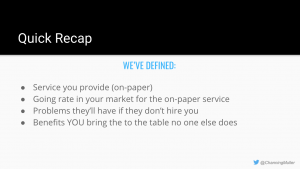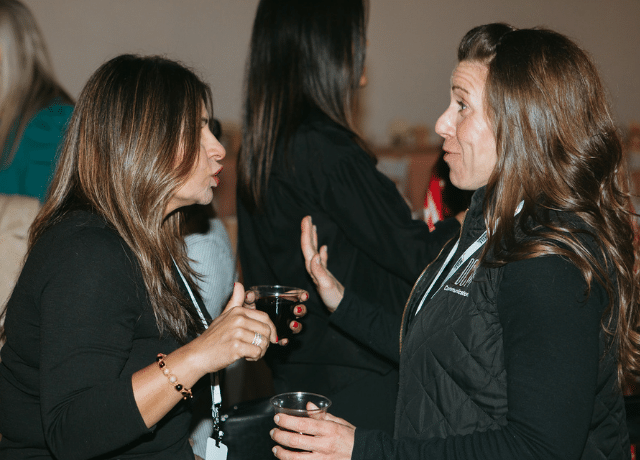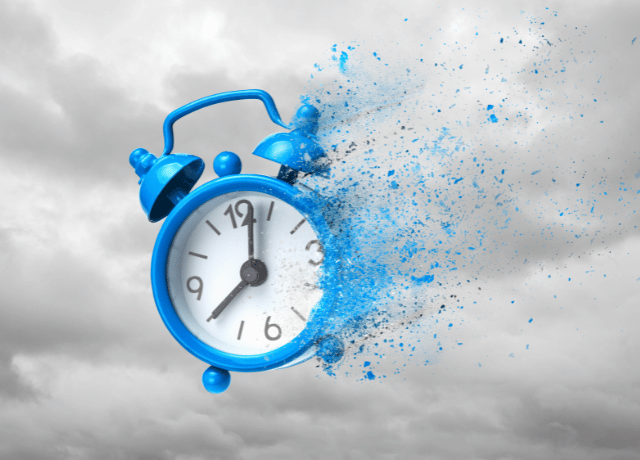The Elements of a Successful Webinar
You’ve decided you want to host a webinar. Fantastic! (If you’re still on the fence, pop on over to this story to find out three reasons why it should be part of your marketing plan.) Whether you’ve decided it is going to be a way to generate new leads, reengage past clients or prospects, or a bonus customer service element for your existing clients, there is a formula to follow that’ll make your webinar sing. (So to speak. Please do not actually sing unless you’re really, really good at it or in the musical field.)
Before you get started on building our presentation though, you to need solidify these two elements.
 1. What’s the title?
1. What’s the title?
You want to be sure it’s very clear what you’ll be talking about so they know what they are registering to attend. If you go with a cheeky title such as “Helllooo Hybrid”, make sure you add a subhead with clearer detail. In this case it would be “How Hybrid Events Are the Future of Meetings”.
2. The Takeaways
What will people learn if they sign up? This is MUCHO IMPORTANTE to determine up front as it’ll serve as the structure of your presentation and used in all the marketing materials (emails, social posts, registration page, etc).
Yes, you want people to learn how awesome and knowledgeable you are in your field, but that, my very confident friend, is not a reason for them to sign up. Answer the question “Why should this person bother attending when time is SO limited and they are zoomed out?” and you’ll be set.
Ok, you’re ready to build the presentation. Here are the 7 elements you need:
Element 1: The Intro
No matter the audience you are hosting this for, you always need to introduce yourself and give them some context as to why they should care about what you say nevertheless follow the advice you’re about to impart. Even if this is your warm network and you’ve been actively engaging with them on social media, guess what?
Not everyone sees every post you make or remembers what they “liked” or commented on.
People really do have so much sh*t they are going through now that remembering your career path, what you’ve done in your business for the past six months or just how much of an authority you are on your topic is easily pushed out of their minds after they keep scrolling.
Take the first three minutes of the webinar to remind them why you are such a bad a** and worth listening to. In fact, I often title this section of my webinars “Why You Should Care What I Say”, which usually gets a giggle and keeps their attention.
Element 2: Clarify the Audience
If you are doing the webinar for your existing clients, then you can skip this and go directly to Element 3, but if you’re doing this to generate new leads then outlining who the webinar is designed for is a quick, yet important slide to include.
This is your chance to:
- Drop off anyone who doesn’t fit the audience profile who the content is intended to help
- Showcase you understand your target audience’s pain points and are ready to address them
It will also get them MAD excited to have a solution to their problems. That is why people sign up for these things anyway: solutions.
This is also the opportunity to offer up a special “if you stick around until the end” bonus. This could be a download, a 1-1 session with you, a product sample or swag, whatever. The point is to incentivize people to stay until the end so they see ALL of your genius and not just the first part. (Note: your webinar hosting platform should be able to tell you how long each registrant stayed.)
Element 3: Run of Show
My event profs will resonate with this one. Now that you’ve established why they should listen to you and clarified who you are talking to, it’s time to outline how the rest of the webinar will go. This works to manage their expectations on what’s to come, give everyone a sense of progress as you cross through items on this later, and reinforce the tips you said you’d give in the promo materials.
Keep this slide handy because you’ll be using it again later too.
Element 4: The Meat
Ah the good stuff! (Literally and figuratively) Now you need to dive into your content. Be sure this follows the breakdown you provided in the run of show with additional info added into each element you presented. That info should directly correlate to the takeaways you promised to deliver in the marketing materials.
Whether you plan three, five or 10 sections to your content, be sure you take a content break every 10 to 15 minutes with a recap slide showing how far you’ve made it on your run of show.
Some good ways to do this are:
- Reuse the run of show slide and animate the crossing off of what you’ve covered so far
- Have a new slide that says: “So let’s recap so far…” or “What We’ve Covered So Far” and go back to the high level points/takeaways delivered.
Design Tip: do NOT have every word you say on the slides.
Yes, people need notes to follow but, good lord, they do not need to read every detail of your speech on the slides for them to read. You want them to be focused on listening to you and the slides as a complement to the content you are saying.
Element 5: The Takeaways
Once you’ve covered all your points, now is the time to do a full recap of the takeaways you promised up front and then delivered on throughout the last 30 to 45 minutes.
This helps recap for the audience what they just learned, reinforces you have a lot of knowledge on your subject matter (hello there thought leader??) and demonstrates that you deliver on what you say you’ll do – a wonderful trait for any service provider.
Element 6: Q&A
Open the floor to any questions people have from what you’ve covered. Either have someone on your team monitoring this throughout the webinar or just pop in after you’re done and start taking questions.
Don’t see any in there? Never fear my friends! There’s a marketing way around that. With most webinar platforms attendees can chat “everyone” or just the panelists. So if that chat box looks empty to everyone, follow this script:
“Ok here are a few questions that just came through…”
Then proceed to answer the most common questions you get about this topic. You do not have to tell people they came directly to you as the host. Plenty of people don’t like standing up in a group to raise their hand so it’s perfectly understandable that someone would chat you as the host directly rather than the whole group.
Spend no more than 10 minutes on questions then move to Element 7.
Element 7: The Bonus or Call to Action
If you offered a bonus for sticking around to the end, now is your time to deliver on that. Tell them how to contact you for that 1-1 session, where to download the extra content or how you’ll be delivering the swag. The fastest way to do any of these is to build in a link to your presentation via the webinar platform OR, and even easier, tell them to keep an eye on their email for the link to book/download/submit their address.
If you did NOT offer a bonus (they are optional so it’s fine!), then move directly into another call to action. You ALWAYS want to leave them with a specific direction at the end.
“Follow us on Instagram!”
“Post in the Facebook Group!”
“Reply to our survey you’ll be receiving via email tomorrow.”
“Contact us for ________________________”
This section should only be about 2 minutes long so keep it tight and to the point.
And that my friends, is how you structure a webinar! Stay tuned next week for more tips on how to promote the hell out of this to get your attendees up front and the communications you should be sending out post-webinar to ensure the presentation’s effects continue to ripple after you’ve said goodbye.

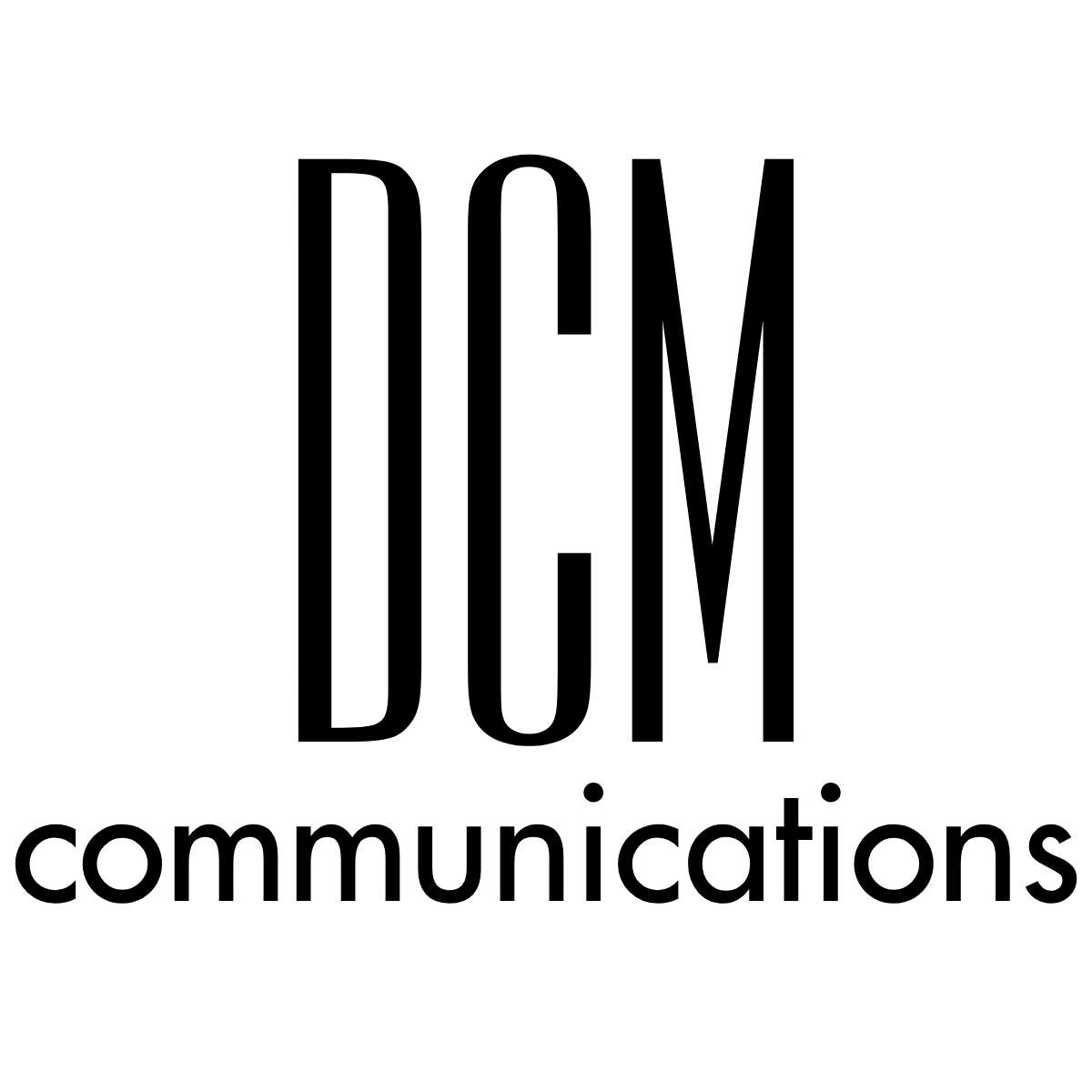
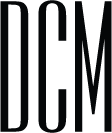
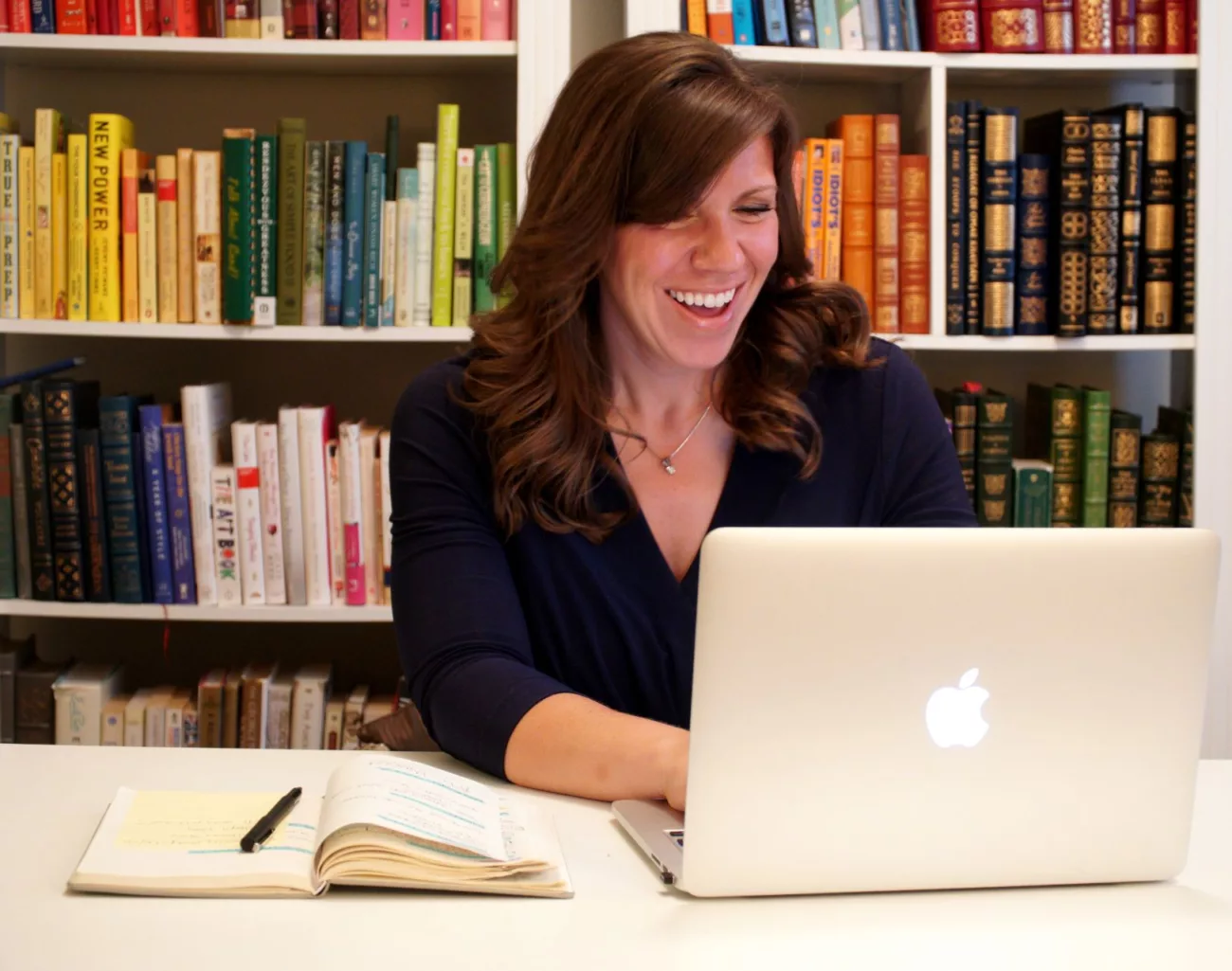
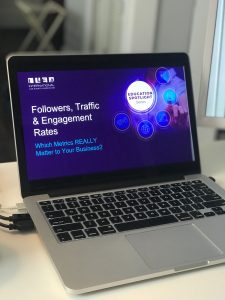 1. What’s the title?
1. What’s the title?